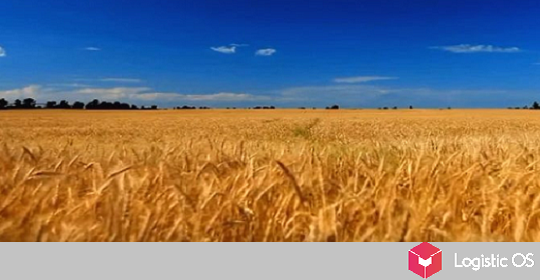Experts believe these crops are unlikely to rise in price in the near future, as there are no preconditions for an increase.
For wheat and corn, this year will likely be a buyer’s year, not a seller’s, experts say. This means that prices will be dictated by the buyer, not the seller.
Therefore, it’s unlikely that the price of wheat and corn will rise in the near future. It’s far more likely that they will remain relatively low, analysts predict.
One factor influencing the current situation is ample supply. This, in turn, is a consequence of significant production volumes.
For example, the US Department of Agriculture expected global wheat stocks to decline by the end of the year. However, reality has changed, as these stocks have increased. Therefore, they are creating additional pressure on prices.
Furthermore, competition between various agricultural producers is intensifying globally.
For example, Russian wheat is competing with American and French wheat. This means it has to lower its prices to remain attractive to buyers.
However, analysts believe that the problem of low prices will not be resolved anytime soon. This season, Russia will likely face a tough battle for grain buyers.
Last season, for example, it faced serious competition from Romanian wheat, whose harvest was quite impressive.
This season, Romania’s harvest is smaller, but the French have managed to harvest a large crop. This could mean that they will become Russia’s main competitors for the rest of the season.
At the same time, in addition to internal factors in the agricultural market, external factors are significantly influencing it, and their effect is also negative for prices.
For example, the Central Bank of Russia’s key interest rate remains very high, and the ruble has strengthened against other currencies. This means that grain producers are receiving fewer rubles for every dollar of revenue than before, and thus their revenue has decreased.
Barley, whose prices have fallen less significantly, is performing well against wheat and corn. This market is not particularly surplus, so analysts even see sufficient potential for further price growth.
As a result, many producers may switch to barley, as it already appears more profitable than other crops.

